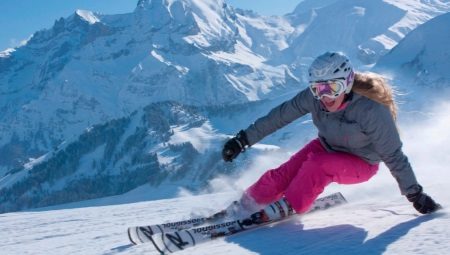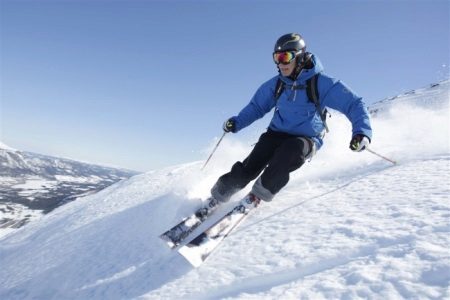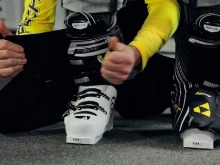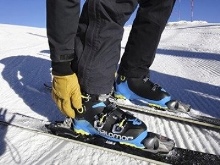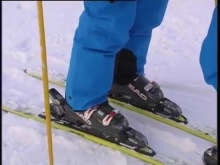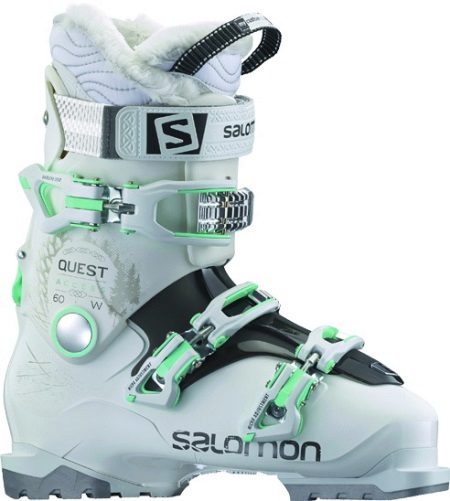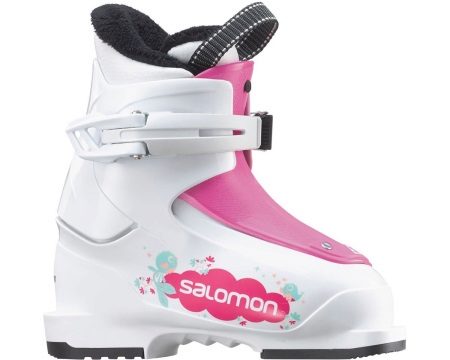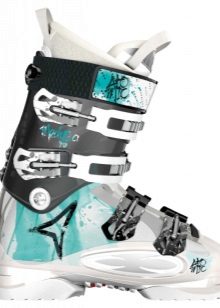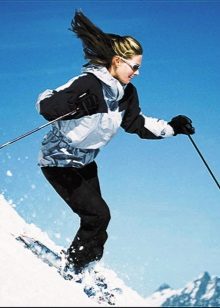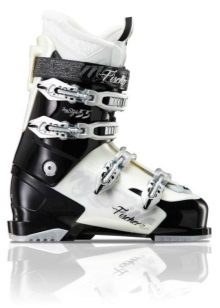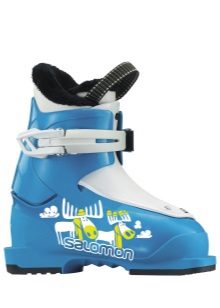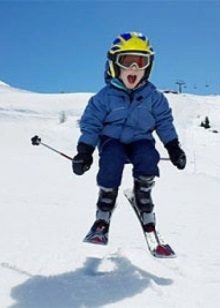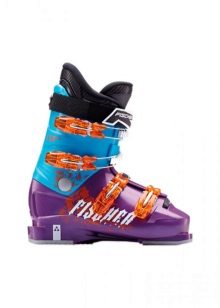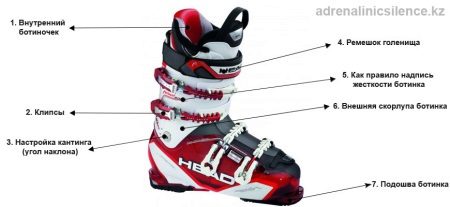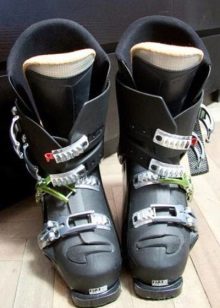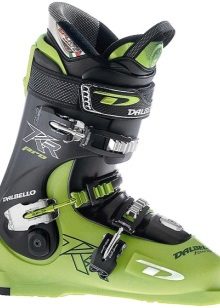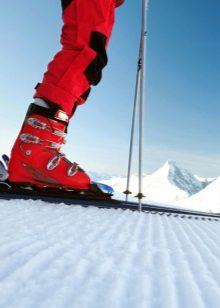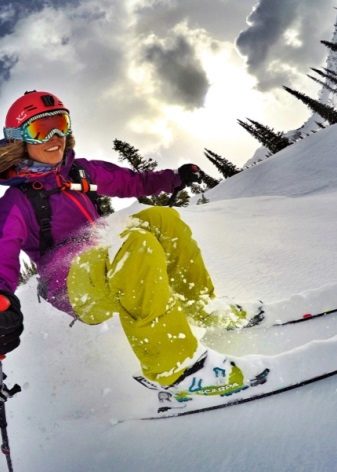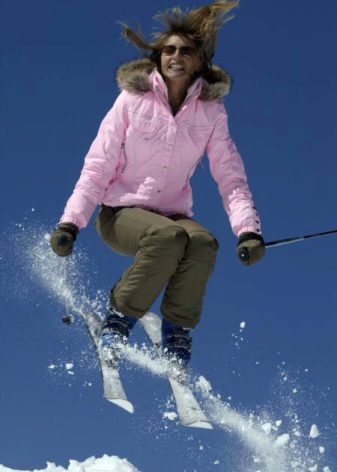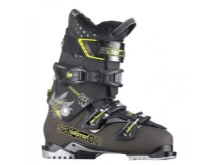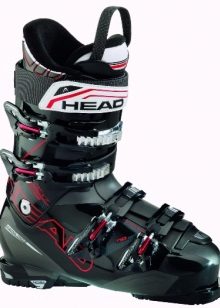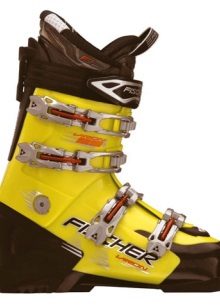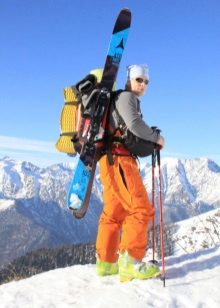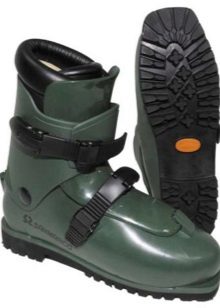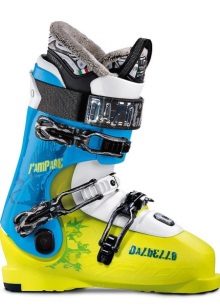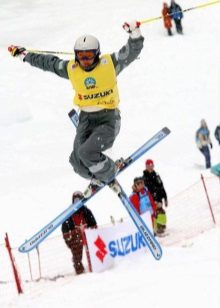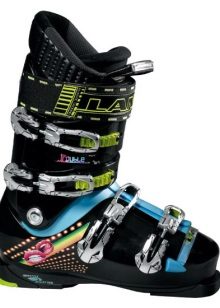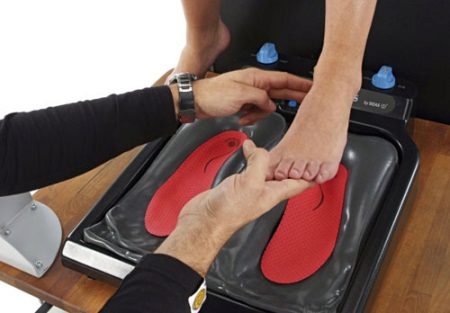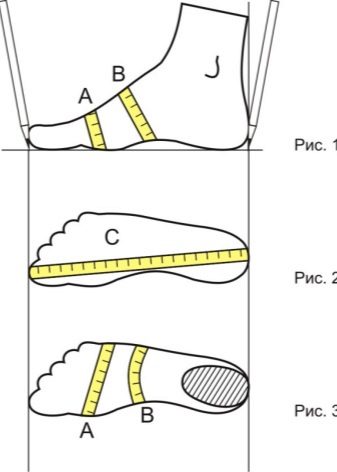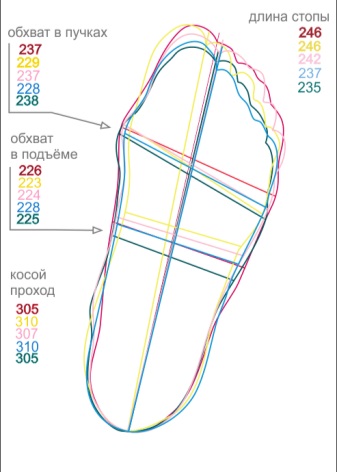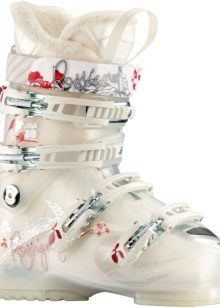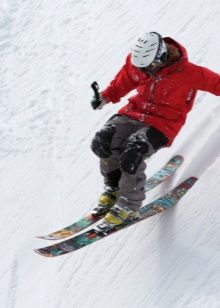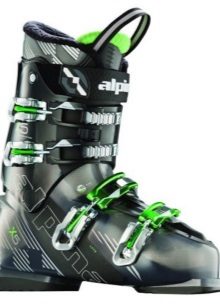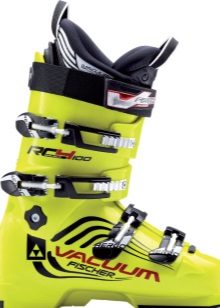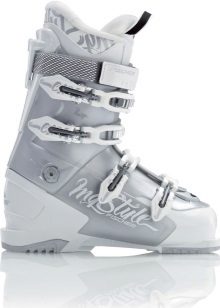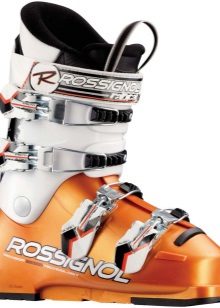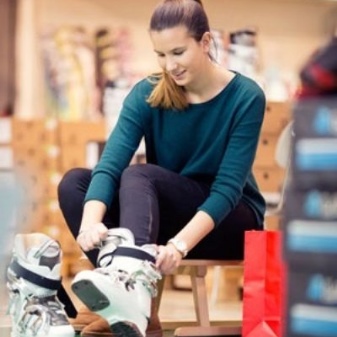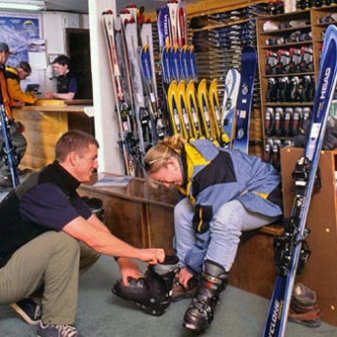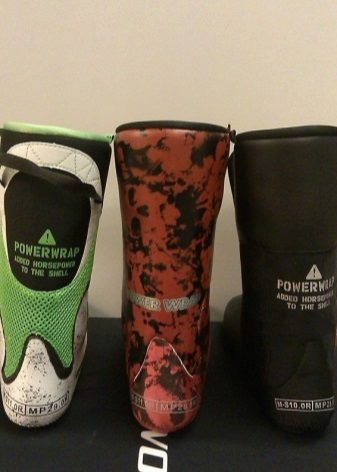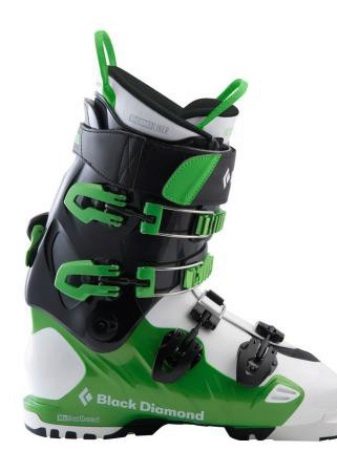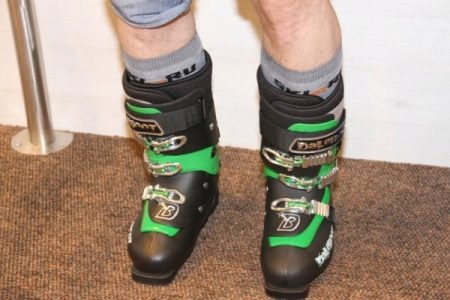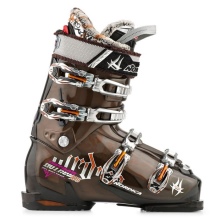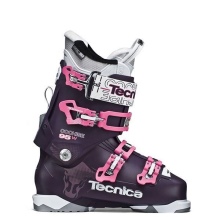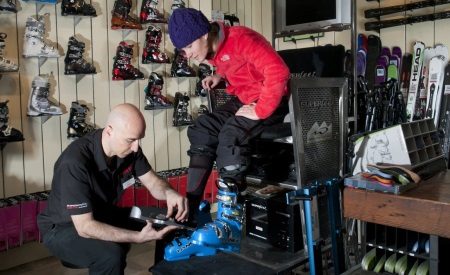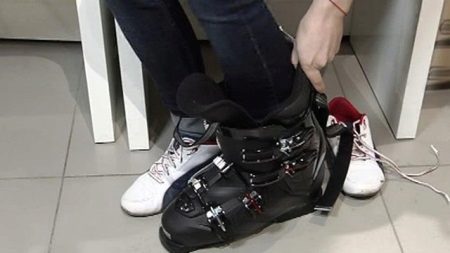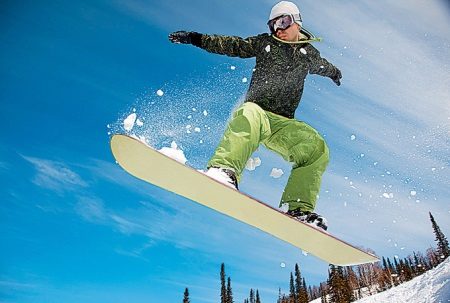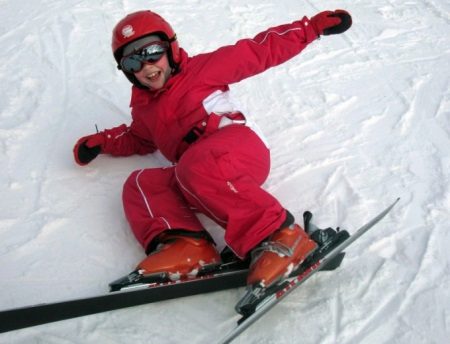So, you firmly decided to go to the ski resort, especially since you have everything for this: desire, opportunity and time. But before you pack your bags, you need to thoroughly prepare for the trip.
Beginners-skiers always think about what skis they buy, but almost never think about shoes, considering these things are absolutely not important. This is a huge mistake! The health of your legs, the mood on the track and how the skis ride depends on the shoes. Yes, yes, do not be surprised. And we are ready to prove it to you. About this our article.
Models
Ski boots produce many brands. The most famous of them and well-proven are Salomon, Lange, Tecnica, Rossignol, Nordica, Atomic, Fischer.
And here is what Salomon women's boots, for example, look like for beginners.
And these are children's shoes for girls who are just getting up on skis of the same company.
Both models are very easy to use. They are easy to put on, they are light, warm and comfortable. In addition, they are very soft, because they are designed for beginners.
Women's shoes are different from men's shoes: they are wide at the top and have a hidden heel. Women are more comfortable with skiing.
Children's shoes are softer than much more women's and men's and sewn from cheaper materials.
Criterias of choice
Look at the photo of the ski boot. It shows that this type of shoe consists of an external and internal shoe. The outer one has clasps, a sole, a strap at the shaft and a tilt angle.
Fasteners (clips) - an obligatory element of this type of footwear. They are needed to fix on the foot of the shoe. But not all ski boots have a tilt angle. In particular, it is not in the models for beginners and in children's shoes. As a rule, shoes with a slope are taken by people who have a problem with their feet (for example, they are X-shaped or beech O). In these cases, such a shoe adjusts the shape of the legs.
Also, the angle of inclination is in high-quality professional shoes. Athletes ride at high speeds, because the angle of inclination is very important for them.
Shoes must be selected according to several criteria: for stiffness, weight, size, pad width and elasticity. The choice depends on where and on what surface you are going to ride.
Types of shoes
Sports boots are designed for professional athletes who ride on the prepared slopes. These shoes are tough, lightweight, lightweight, they have a thinner plastic sole.
Universal boots are designed for use on prepared and unprepared slopes. In them you can easily ride on fresh snow, thick crust, as well as on special sites. These boots are tough, warm, have a solid, durable sole.
Special Tech Shoes - suitable for ski tour. Have an excellent rubber sole, very light. Professional.
Special boots for freestyle. Since they have to jump a lot, they have a beautiful cushioned sole.
The size
Attention! Size is a very important parameter of the boots! To correctly define it, you must know the size of your foot, not only in length, but also in width.
In specialized stores of sportswear and footwear for this there are patterns, with the help of which you can take measurements on the spot. However, it will be easier and more reliable to measure the foot at home. It is very simple to do this: place your leg without a sock on a clean sheet of paper and circle it with a pencil, and then measure in length and width at the most prominent points.
Below we provide a table of sizes that will help you navigate the situation when Russian and European sizes do not match.
Please note that the table does not indicate the width of the foot - it is indicated on each box of shoes.
|
Cm |
Russ. |
EUR |
USA women |
UK |
|
23,5 |
36,5 |
37,5 |
6 |
4 |
|
24 |
37 |
38 |
6,5 |
4,5 |
|
24,5 |
38 |
39 |
7 |
5 |
|
25 |
38,5 |
39,5 |
7,5 |
5,5 |
|
25,5 |
39 |
40 |
8 |
6 |
|
26 |
40 |
41 |
9 |
7 |
|
26,5 |
41 |
42 |
9,5 |
7,5 |
|
27 |
41,5 |
42,5 |
10 |
8 |
|
27,5 |
42,5 |
43,5 |
10,5 |
8,5 |
|
28 |
43 |
44 |
11 |
9 |
|
28,5 |
44 |
45 |
11,5 |
9,5 |
|
29 |
44,5 |
45,5 |
12,5 |
10,5 |
|
29,5 |
45,5 |
46,5 |
13 |
11 |
Rigidity
The stiffness of the boots varies from 15 to 160: the harder the boots, the more professional they are.
The stiffness of shoes for children should be from 15 to 60. Beginners for adults will have a hardness of at least 50. Soft shoes are very warm, but they are not well fixed on the leg. They in no case can not ride on a professional track, so as not to get injured or fractured, because the shoes are not suitable for maneuvers. Average is the stiffness from 60 to 80-90.
If you need ski shoes to go skiing only once, take soft shoes. But if you want to feel the ski track and learn how to truly stand on skis, immediately take your boots with medium stiffness. This solution is very profitable, because you do not have to spend money on two pairs of shoes - soft and medium hardness.
Hard shoes with the right angle are designed for professionals. They are quite narrow, which is why they firmly fix the leg, as well as very light, though less warm. These boots are not suitable for walking in the snow. in contrast to its soft and medium hard brethren.
Shoe boot
Its width varies from 92 to 108 mm. The harder the shoe, the narrower its shoe. To understand whether a particular width is right for you or not, you need to try on shoes.
Inserts for heat
When buying ski boots, be sure to pay attention to the thermoforming liner in your boots. This is a kind of stove for the legs, without which with frequent skating can not do. When the leg is heated, the liner acquires its shape. This element is not only in the cheapest models.
The role of special socks
Socks that you are going to wear in shoes should be thin, elastic and long, soaring to the height of the shoes. Professionals advise youngsters to buy synthetic socks - now high-quality synthetics are not inferior, and sometimes even superior to natural materials. The leg in such socks does not sweat, and the shoe feels much better in them than in thick ones.
Quality socks cost from $ 40, but they serve for a long time.
Do not forget that you need to try on ski boots with socks!
How to try on?
So, you came to the store to choose your ski boots. How to start this difficult process?
First of all, take a few pairs of shoes of your size, but of different brands. You will see that all of them, having the same length and width, will sit on your leg in completely different ways.
Put on the shoe, fasten all its fasteners, go for a walk. Are you comfortable? The shoe should fit tightly on the leg.
When fitting, it often seems as if the shoes are a bit small. This is normal. The only exception is pain. When bending or walking, the heel should be locked. If the shoes are a bit bolshevat for you, you should not buy them, because when they are worn they may become even more loose.
Remember that not only the mood of their owner, but also the health of his joints depends on the right ski boots. Inappropriate shoes are easy to break. Be carefull.
Flat feet
So, you did everything seemingly right: you picked up the size, width, tried on shoes and walked around the store. But still, none of the available pairs did not suit you. What's the matter? Perhaps you have flat feet, which you did not even suspect. To check this, consult a doctor.
If the diagnosis is confirmed, you will need special orthopedic insoles and individual adjustment of ski boots for your foot.
In this case, it is better to snowboard - shoes for him are practically the same as ordinary shoes. So you can take enough rolls on the snowy slopes and at the same time forget about your problem with your feet.
When you choose shoes for your child, also put them on and ask them to walk, crouch, bend. If the kid doesn’t complain about anything and can easily do all these actions, then the shoes are suitable for him. As a rule, soft shoes are bought for kids - they are warm, like boots, and very comfortable. Baby shoes can be taken with a small margin for growth.
So, we told you what you should pay attention to when choosing shoes for skiing, how to try them on yourself and your child. We hope our advice will help you. Enjoy the shopping!
